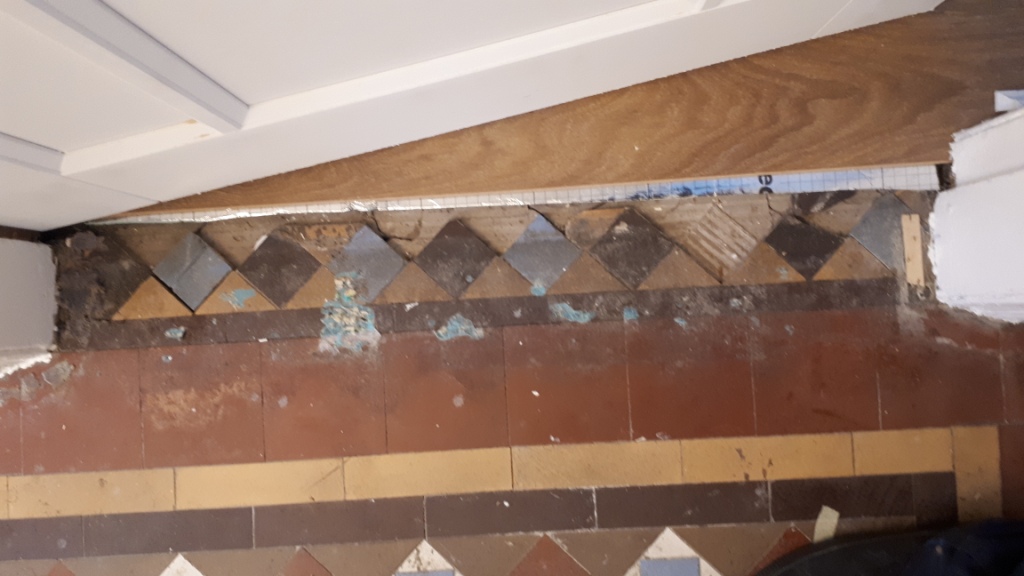Removing tile adhesive is not a difficult job to do. Many people remove the tile from their floors to get to the beautiful natural floor that lies beneath the tiles. What they don’t realize is the majority of the time linoleum is glued down when the tiles are installed. Even after removing the linoleum, you may have to do extra cleaning to remove the residue from the glue.
What You’ll Need
- Hot water
- Towels
- Paint scraper
- Floor sander
- Heat gun
- WD40
- Rag
- Goof-Off
Step 1 – Preparation
Using spare towels and rags, cover a big section of the floor. Pour boiling water on the towels and let it cool enough to handle. After about 10 or 15 minutes, use the towels to remove the adhesive.
Step 2 – Scrape
Scrape away old glue being careful not to scratch the hardwood surface. If you don’t want to go this route, you can rent a floor sander to use instead. This option will cost more money than just using rags, but is a lot less labor intensive.
Step 3 – Use Heat Gun
Often you will come across stubborn spots where you will find extremely difficult to remove the adhesive. These can be found mostly at the corners of the floor. In such a case, you can use a heat gun. You need to blow hot air on the stubborn spots which will loosen the glue. Then you can go back to the scraping method when excessive glue is removed.
Step 4 – Use Chemicals
If you still find areas where you are unable to remove the glue, then opt for chemical remover. Although, this is the last and less desired option to remove the adhesive. This should only be used on spots that could not be removed by the steps above. Keep in mind this last method could leave damaged spots on the floor.
Step 5 – Clean Surface
After you have removed the glue, you have to prepare the floor for the new flooring. In order to so sweep the floor and then mops it.
Removal Tips
Remember that most of the floor’s original finish will come off with the sanding and removing of the glue.
Be sure and take a look at the type of floor underneath the tiles so you can have the needed stain or finishing material to give the floor a nice finish.
Removing adhesive can take a while so make sure you have enough time to get the job accomplished.
After Removal Maintenance Tips:
Using Water: Hardwood can get water damaged so you can’t apply the same amount of water to the flooring as you did to the tiles.
Using a Vacuum: A vacuum can be used on the flooring to collect the dust but if you are afraid that this will scratch the floor. It is suggested to us a dust mop instead.
Touch Up: There are times when the flooring is going to need touch-ups. To do this you can use touch up sticks. For larger areas you can use small tubs of stain.
Before you decide that you want to return to the hardwoods flooring underneath your tile consider the work that it takes to maintain it.
Source: www.DoItYoursef.com









